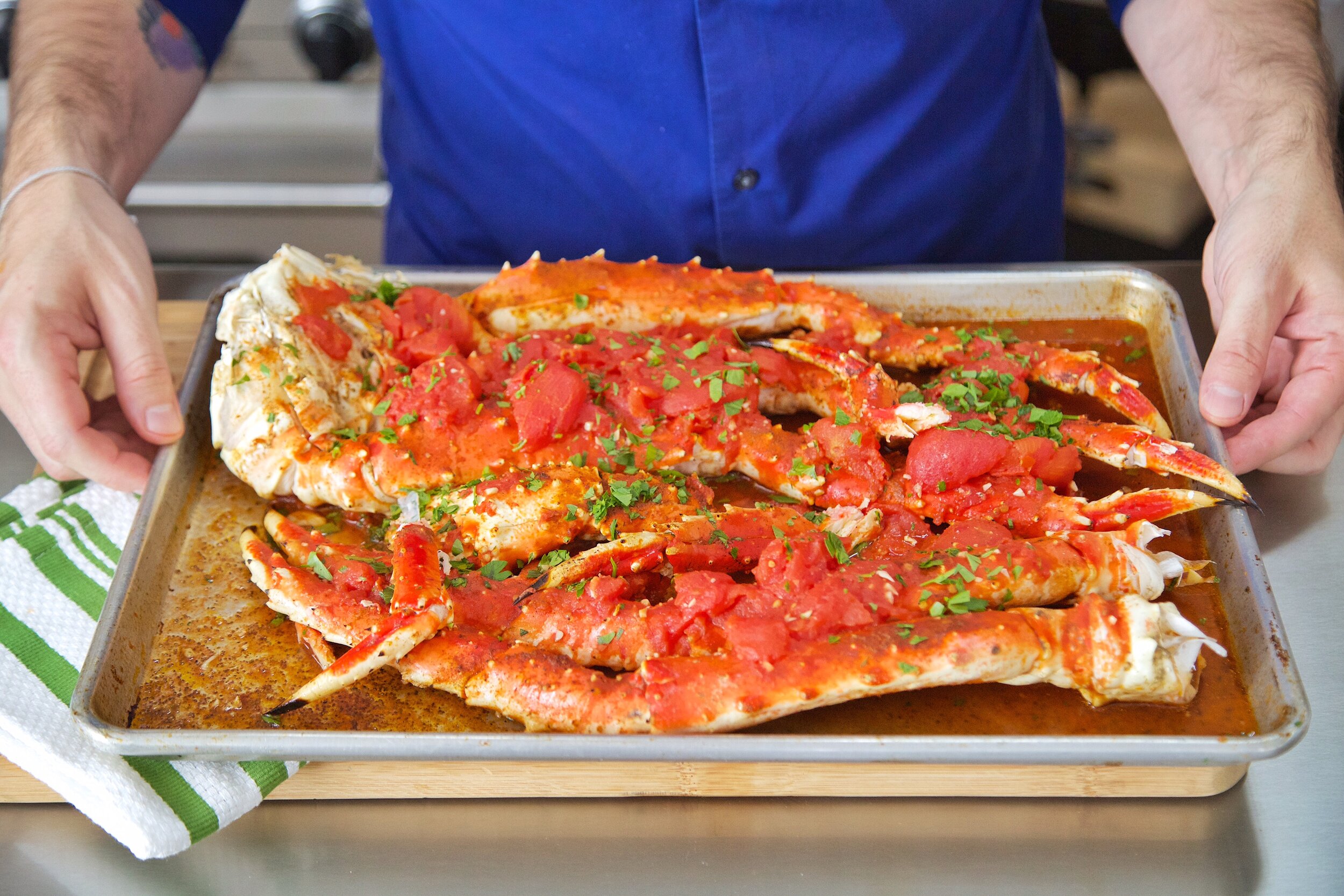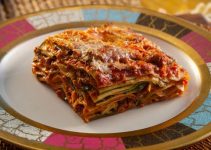Contents
King crab legs, known for their impressive size and rich, sweet meat, are a centerpiece of luxury seafood dining. Harvested from the cold waters of the Bering Sea and North Pacific Ocean, king crab is most often associated with Alaskan waters, where the crabs grow to their colossal size. This article will guide you through the process of preparing and serving king crab legs, ensuring a memorable and opulent dining experience.
Ingredients: Simplicity Meets Elegance

The beauty of king crab legs lies in their natural flavor, which requires minimal enhancement:
- King crab legs: Typically sold pre-cooked and frozen due to the crab’s size and perishability.
- Butter: For dipping, melted and possibly infused with garlic or herbs.
- Lemon wedges: To add a touch of acidity that complements the sweet meat.
- Optional seasonings: Such as Old Bay seasoning, fresh herbs, or garlic for additional flavoring if desired.
Preparation: From Thawing to Serving
- Thawing: Begin by thawing the king crab legs in your refrigerator overnight, or for quicker preparation, submerge them in cold water for a few hours until fully thawed.
- Cooking: Since king crab legs are typically precooked, the goal is to heat them thoroughly without drying out the meat. You can steam them over boiling water for about 5-7 minutes, or until they are heated through. Alternatively, baking in a preheated oven at 350°F (175°C) for 10-15 minutes is an effective method as well.
- Boiling: For those who prefer boiling, submerge the crab legs in a pot of boiling water for just a few minutes. This method is quick and effective but be cautious not to overcook the delicate meat.
Serving Suggestions
- Presentation: Serve the king crab legs on a large platter with wedges of lemon and small bowls of melted butter for dipping. Include a crab cracker and a small fork or pick to help guests extract the meat from the shells.
- Sides: Pair with simple sides that complement but do not overshadow the crab. Examples include a light salad, steamed vegetables, or a simple pasta dressed with olive oil.
- Wine Pairing: A crisp white wine, such as Chardonnay or Riesling, pairs beautifully with the sweet meat of the crab, enhancing the overall dining experience.
Culinary Techniques and Variations
- Enhancing Flavor: To infuse the melted butter, add minced garlic, a sprig of thyme, or a squeeze of lemon to the butter while it melts. This adds a subtle flavor that complements the crab without overpowering it.
- Grilling: For a smoky flavor, king crab legs can be brushed with oil and grilled over medium heat. Just a few minutes per side will suffice to create a delightful char and a new depth of flavor.
Historical and Cultural Significance
King crab has not only been a staple in Native Alaskan diets for centuries but also has become a symbol of Alaskan seafood luxury worldwide. The king crab fishery is one of the most valuable in Alaska, and the industry is carefully managed to ensure sustainability and quality.
Conclusion: A Feast Worthy of Royalty
Preparing and serving king crab legs is an art that celebrates the natural bounty of the sea. This luxurious dish is perfect for special occasions, offering a dining experience that is both grand and intimate. By following these tips, you can transform a simple nakbon seafood meal into a regal feast, impressing your guests with both your culinary skills and your flair for entertaining.



